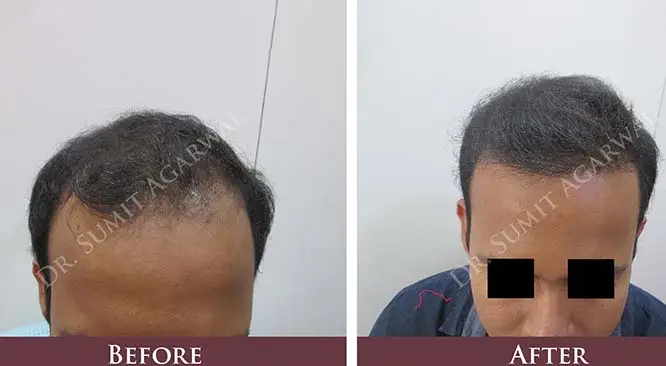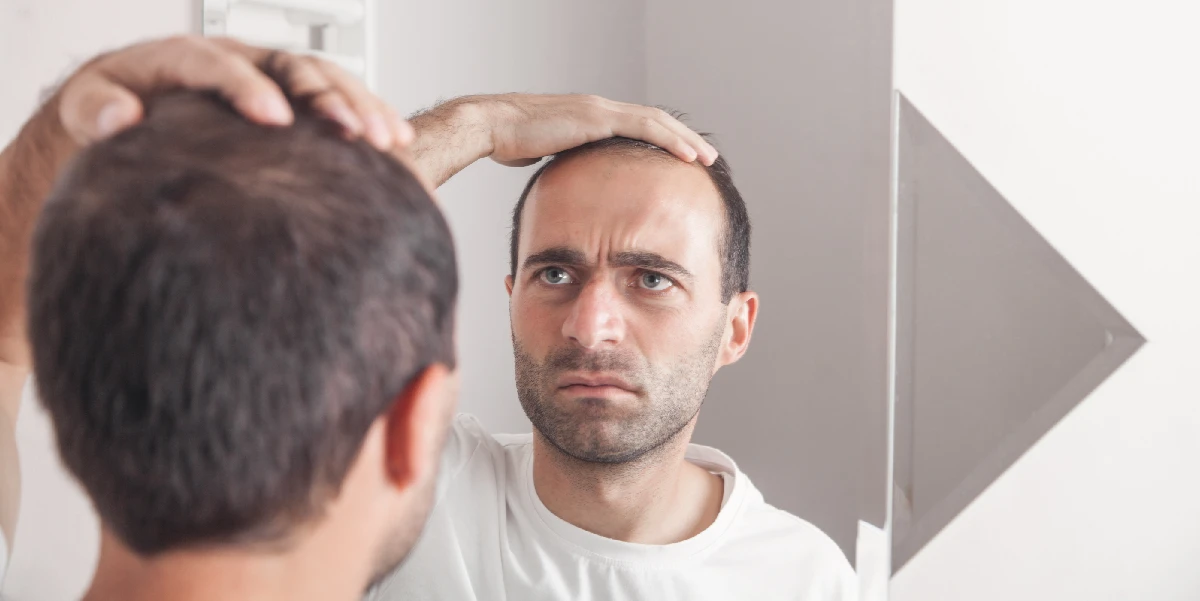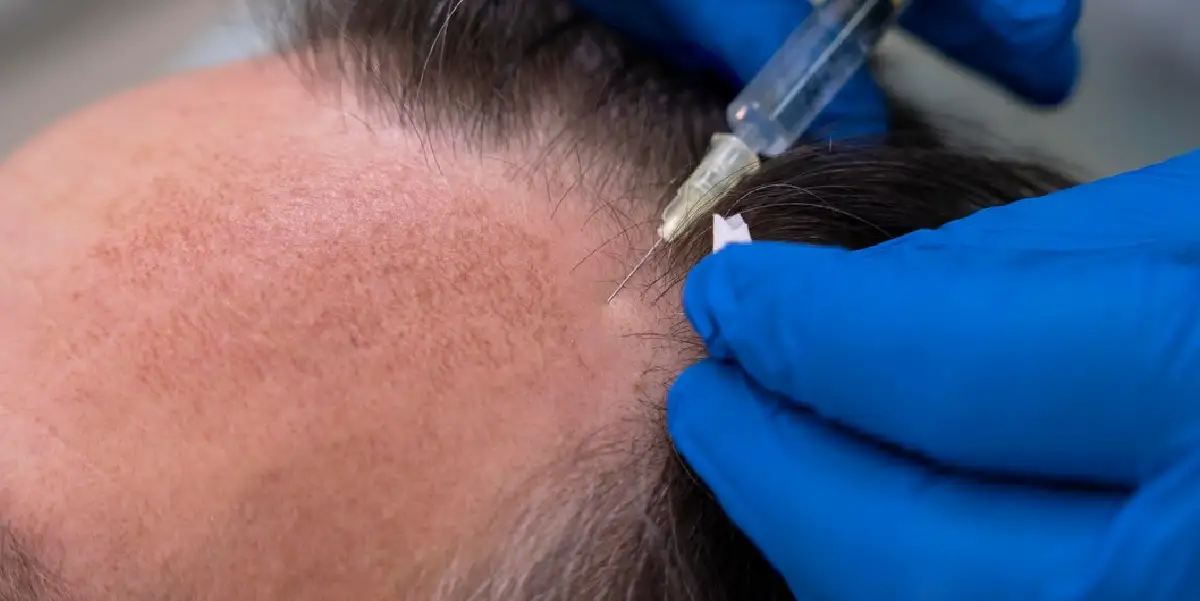FAQS That Will Change The Way You See Hair Transplants
- By Harleys Clinic
- Jul, 08 2017
Hair transplant can work wonders for you by re-growing the lost hair. In India, many of us still don’t have much knowledge about hair restoration surgery. This safe and effective treatment is the only way to bring hair back on your scalp permanently.
We have shortlisted two most frequently asked questions (FAQs) by people dealing with hair loss. These 2 Questions and Answers will help you to understand hair transplant surgery. Have a look.
- FAQ #1 – What Makes Hair Transplant Natural And Undetectable
In hair restoration surgery, one generally wishes that the outcome should look as natural as possible, and one other desire of patients is that the results should not look obvious, or other people can’t point out that he had hair restoration surgery. At the end of the day, everybody wishes that it should not look detectable.
With advancements in technology, and skills & experience of the surgeon, it has become quite possible to accomplish this goal. Various points need to be kept in mind, so that the outcomes of the surgery do not appear obvious and the hair looks natural. When we consider the scars of the donor area, the two procedures used for extraction namely FUT and FUE are also important.
- In FUT method, a strip of skin is extracted and the cut is repaired either with staples or sutures. At Harleys Hair Transplant Clinic, our highly experienced surgeon uses the most effective closure techniques that make the scar almost invisible.
- In FUE method, there are hardly any scars left behind on both donor and receiver areas as tiny holes are made in this method, which eventually heal in a few days.
After extracting the follicles, the experience, knowledge, and aesthetic approach of the surgeon play a crucial role in restoring the natural look of the hairline. While making slits and transplanting the follicles, the natural orientation of the hair should be considered so that transplanted hair grows in natural direction, or else the outcomes will appear unacceptable to the eyes.
At Harleys Hair Transplant Clinic, we generally consider the features and age of the patient, with the goal that age & face appropriate hairline is re-established, and an unnatural looking low hairline is not developed. Remember, if the surgeon has good experience, knowledge and follows the guidelines, then it’s 100% possible to achieve natural looking result from hair transplant in Mumbai.
- FAQ #2 – When To Expect Hair Growth After Hair Transplant?
After receiving hair transplant, growth of hair is a whole process that you need to understand properly. Remember, hair restoration surgery is not just a procedure that is performed today and starts yielding outcomes tomorrow. You need to consult every single detail about the surgery beforehand including all the post treatment developments.
After restoration process is completed, the grafts that have been harvested and transplanted into the balding area endure some shock, which makes them to go into the resting stage. Because of this shock the patient will witness temporary hair shedding and there’s no need to worry since this development is quite common after the transplant.
The rate of shedding may be different in every case, and it might go from partial shedding to complete shedding. This phase of temporary shedding usually begins 3 or 4 weeks after the surgery and can remain in effect for 2 to 3 months. The surgeon may prescribe a few medicines for this shedding procedure.
After the fourth month, the development of the transplanted grafts begins. In the starting phases, the development might be thin as every graft may not begin to develop at the same time. This happens because the distribution of development cycle is random, and not every hair is in the development phase at a given time.
Six months later, your hair starts becoming denser, strong, and lengthier. Full development is expected and generally achieved 12 months after the hair transplant surgery.






